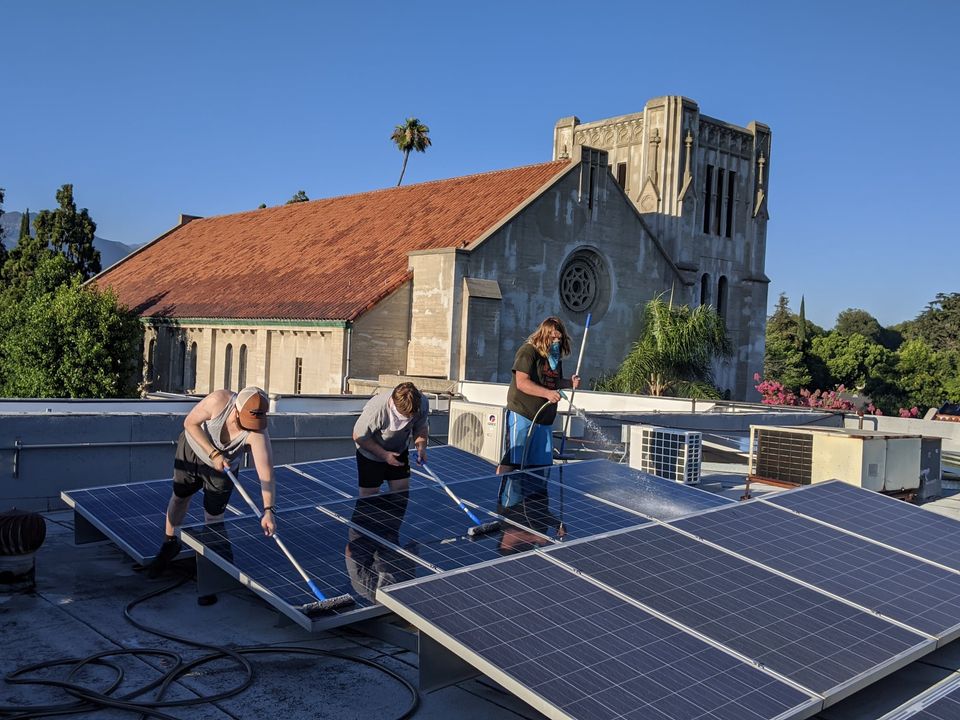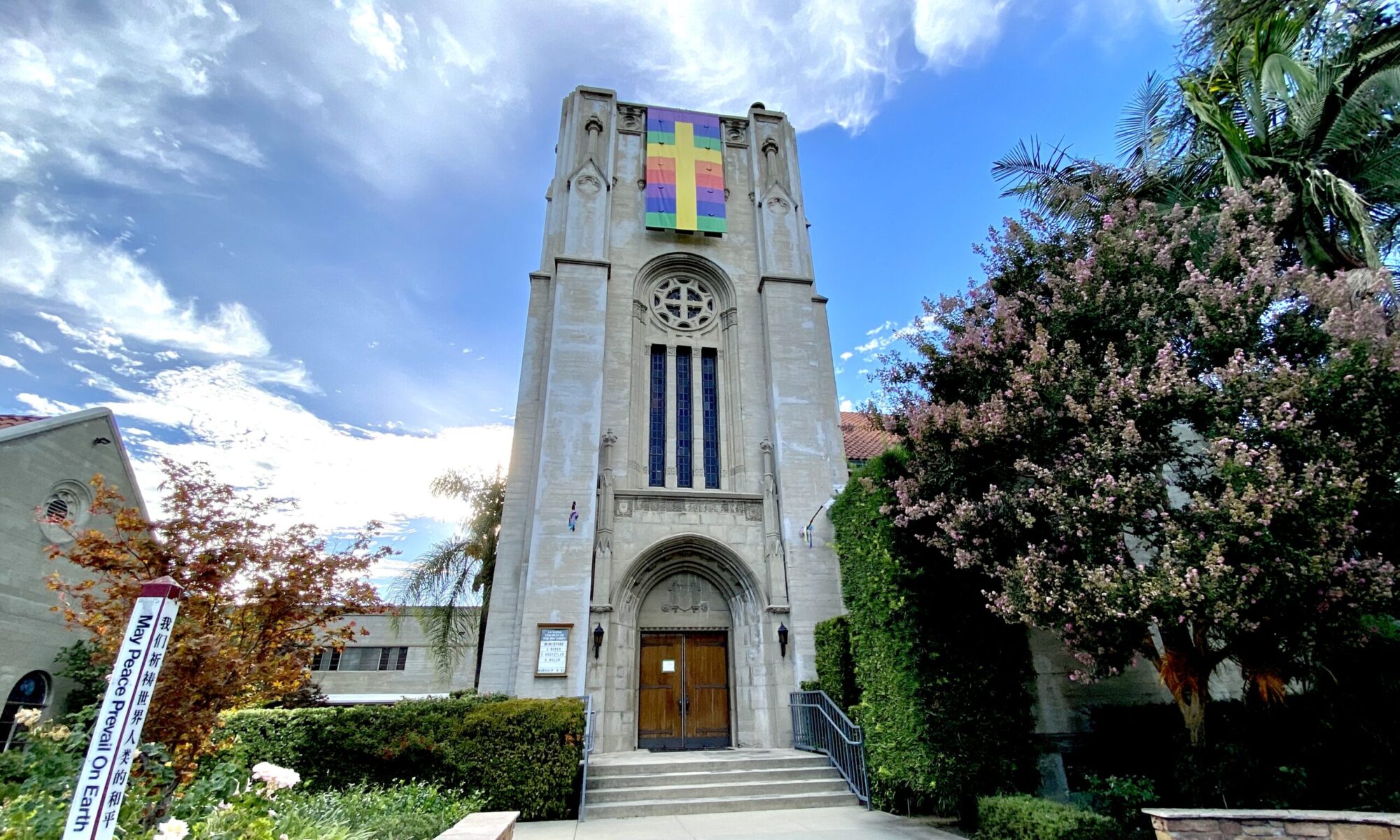Care for the environment has always been a core value. Years ago, some of our members met to discuss the possibilities of converting our church building from electricity supplied by Edison to solar power.

At that time, the costs of conversion seems unattainable to many, but the vision was sustained. In 2010 a subcommittee of the Property Commission was formed to look again at this concept.
Good news began to emerge: In the ensuing years, costs of solar systems had dropped almost in half. Also, the efficiency of the panel themselves had improved, so each new panel now yielded more electricity than the former models. Hope, as hope does, stirred again for a complete conversion.
The committee began interviewing eight different solar suppliers, first seeking insights as to their respective abilities and then asking the three most for firm proposals. The engineering for a solar system is fairly straight-forward. One year’s history of electricity usage is evaluated to determine overall annual needs to support the existing facilities. The solar provider then converts that requirement into an estimate of the panels needed to replace purchased electricity. Additional needs are panel framework, wiring and the equipment to convert direct sunlight provided current into alternating current that we can use.
Our facility will remain connected to Edison for our use during the evening or on very cloudy days; during the daylight hours, our system will generate more electricity that we can use and that electricity will go back to Edison for their use.Our meter will run backwards during those times and at the end of the year, we will only pay for the net amount used. (Plus a service charge to continue to be connected to our utility,) Because we have sufficient roof space available above the Fellowship Hall and classrooms, we are able to install enough panels to supply 100% of our projected annual needs.
Now, what about the money: The full system has required a loan for $230,000. The loan was obtained from the Pacific Southwest District of the Church of the Brethren at an interest rate of 5%. That obligation will be repaid in twelve years; the solar panel system is guaranteed for twenty five years. From the beginning, our church has been able to pay for the system with savings in electricity.
The system as mentioned above has supplied all of our projected needs; this includes equipment we will likely need to add in the future as well as an allowance for energy savings as we replace old equipment with new energy efficient models. Importantly, our system has the impact of taking twelve cars permanently off of the road.
